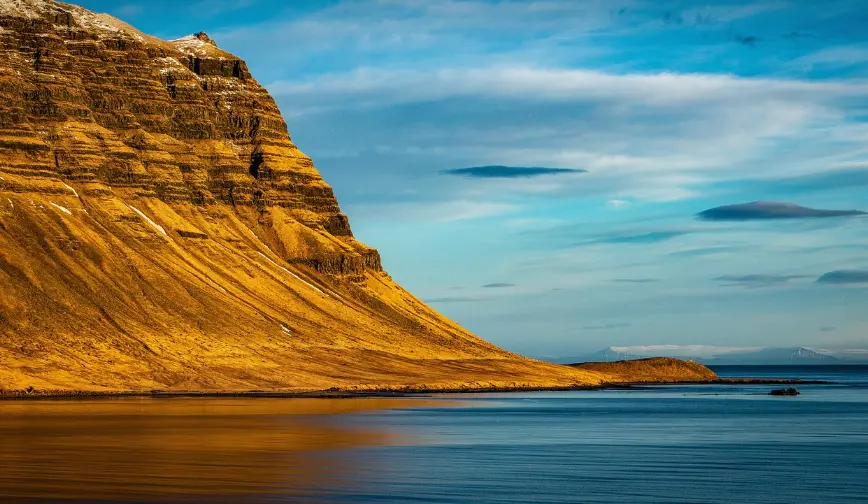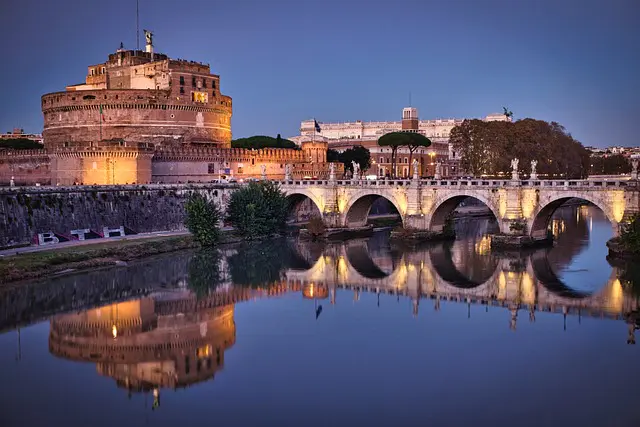Sustainability in travel is more than just a buzzword. With tourism accounting for a significant portion of global carbon emissions, sustainable tourism is becoming a critical focus for responsible travelers. Here’s how you can enjoy the wonders of the world while minimizing your environmental impact.
What Is Sustainable Tourism?
Sustainable tourism involves making a conscious effort to reduce the negative environmental, social, and economic effects of tourism. It’s about leaving a destination in a better state than when you arrived and contributing to its long-term prosperity.
Key Principles of Sustainable Tourism:
- Respect Local Cultures and Traditions: Always be mindful of the local customs, history, and ways of life.
- Minimize Your Carbon Footprint: Choose eco-friendly transport options, like trains or buses, over flights when possible.
- Support Local Economies: Opt for locally-owned businesses, restaurants, and accommodations to ensure your money benefits the community.
Sustainable Travel Tips:
- Stay in Eco-friendly Accommodations: Look for hotels and guesthouses that use renewable energy, recycle, and practice water conservation.
- Choose Off-Season Travel: Traveling in the off-season helps reduce overcrowding and minimizes the environmental strain of tourism.
- Participate in Conservation Efforts: Join local initiatives to preserve nature, whether it’s through wildlife conservation programs or beach cleanups.
Conclusion:
Sustainable tourism is the future of travel. By being more mindful of the destinations you visit and how you travel, you can ensure that future generations can enjoy the same incredible experiences that you do.









